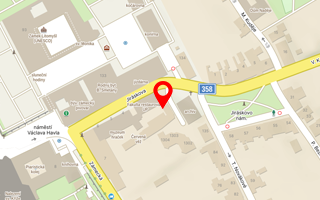Publikace detail
Renesanční štuková díla zámku v Telči v kontextu dějin umění, technologie a restaurování
Autoři:
Waisser Pavel | Waisserová Jana | Tišlová Renata | Hečková Petra
Rok: 2020
Druh publikace: odborná kniha
Název nakladatele: Univerzita Pardubice
Místo vydání: Pardubice
Strana od-do: nestránkováno
